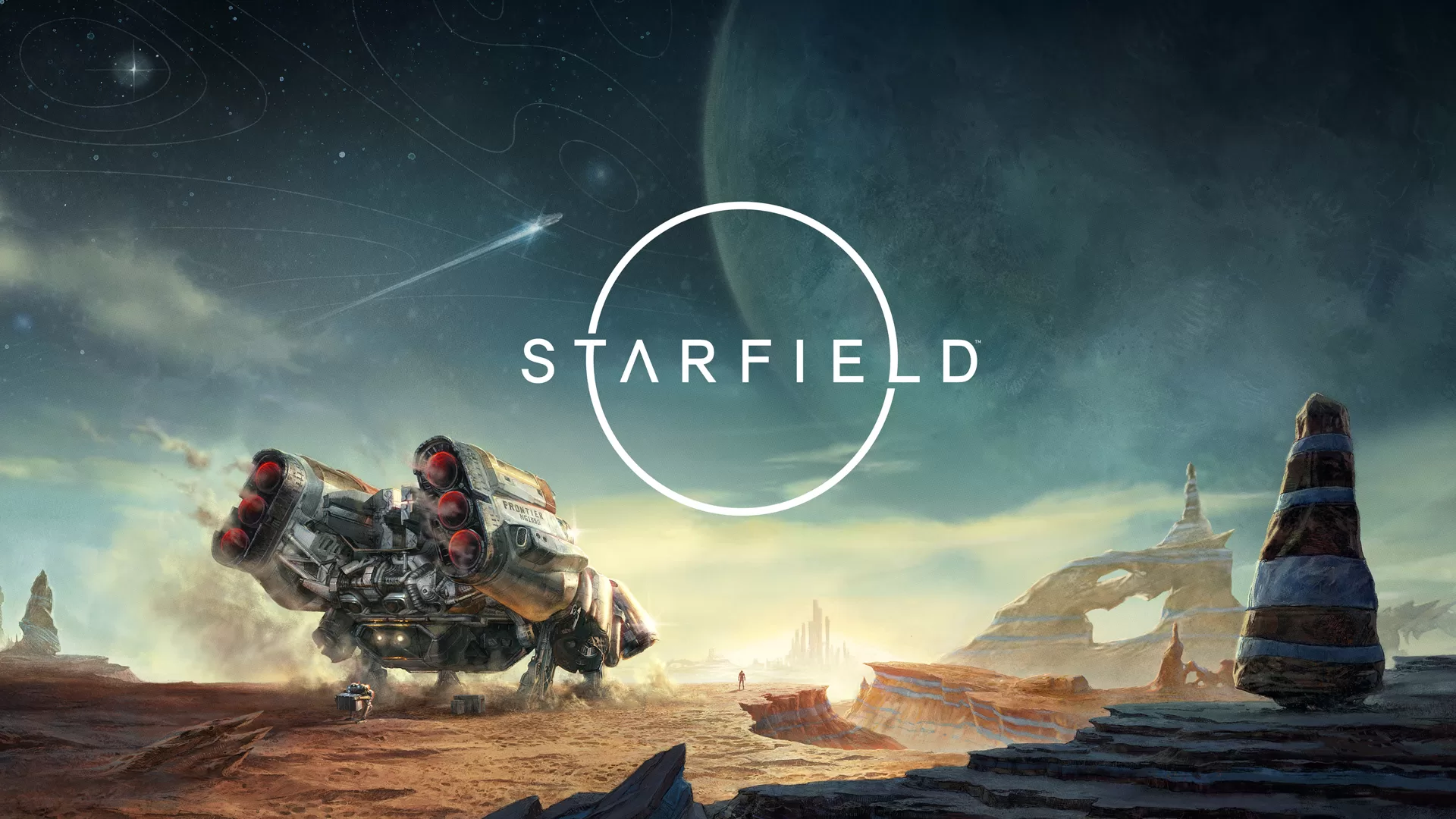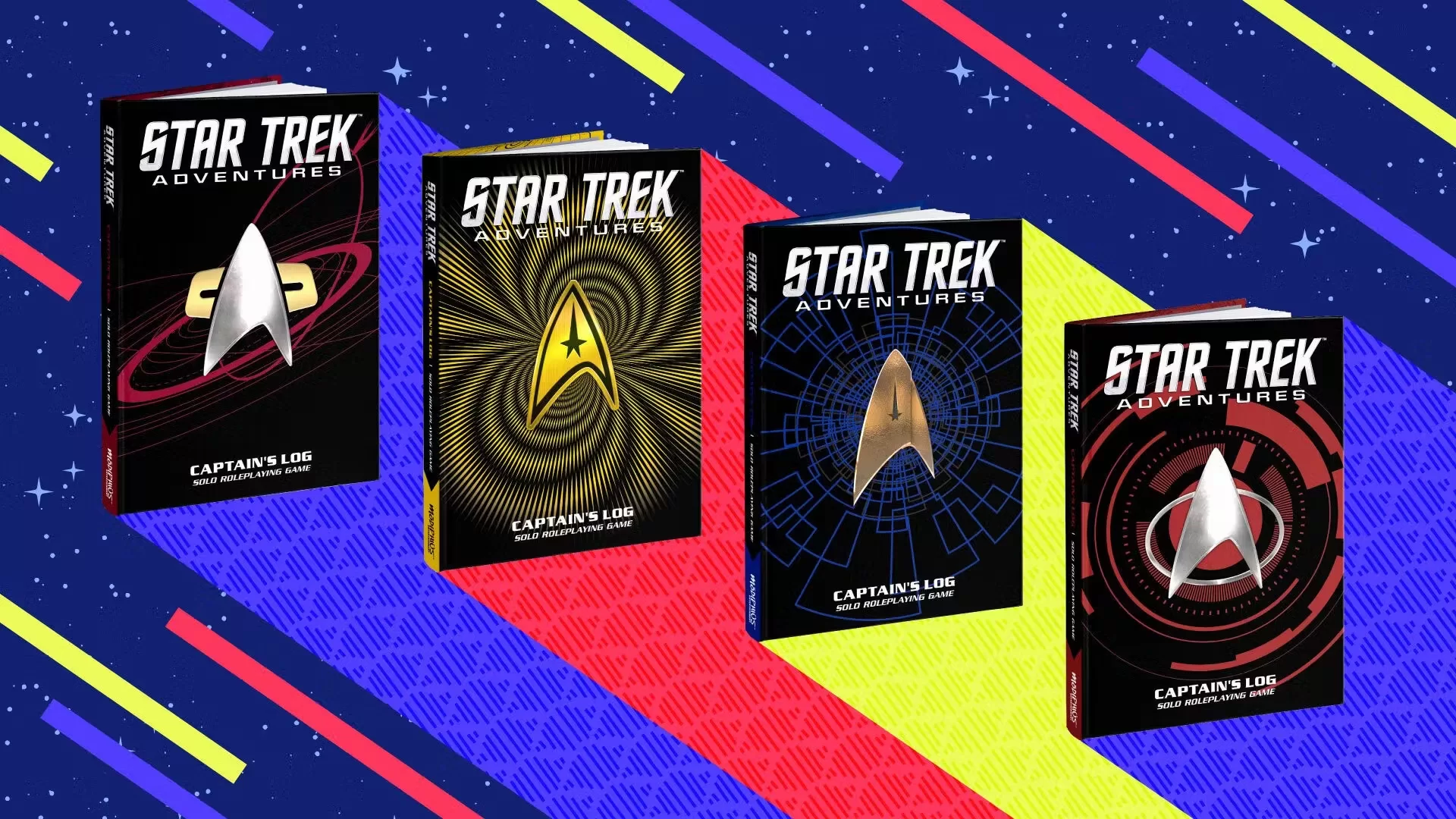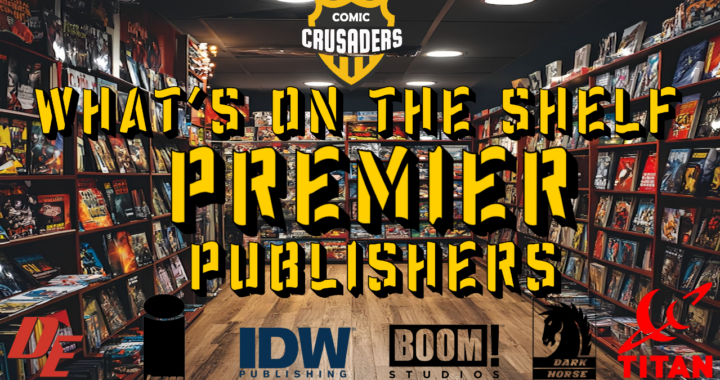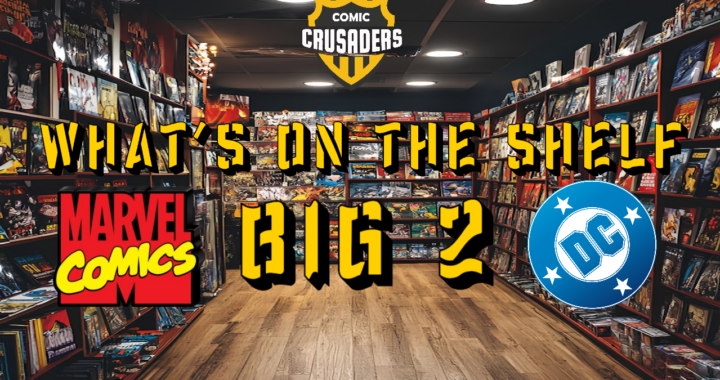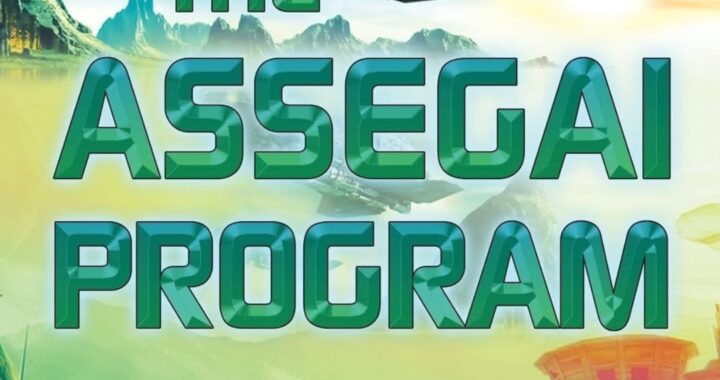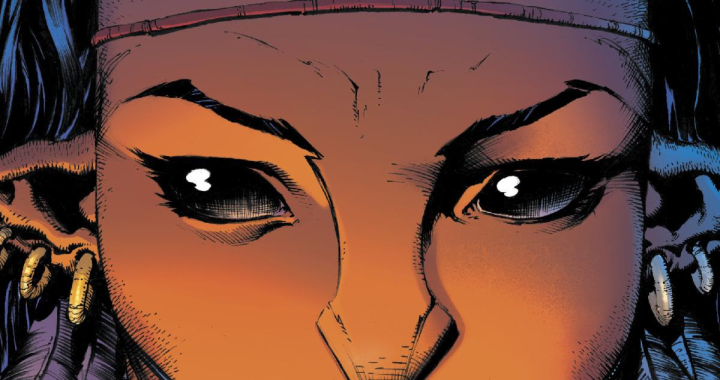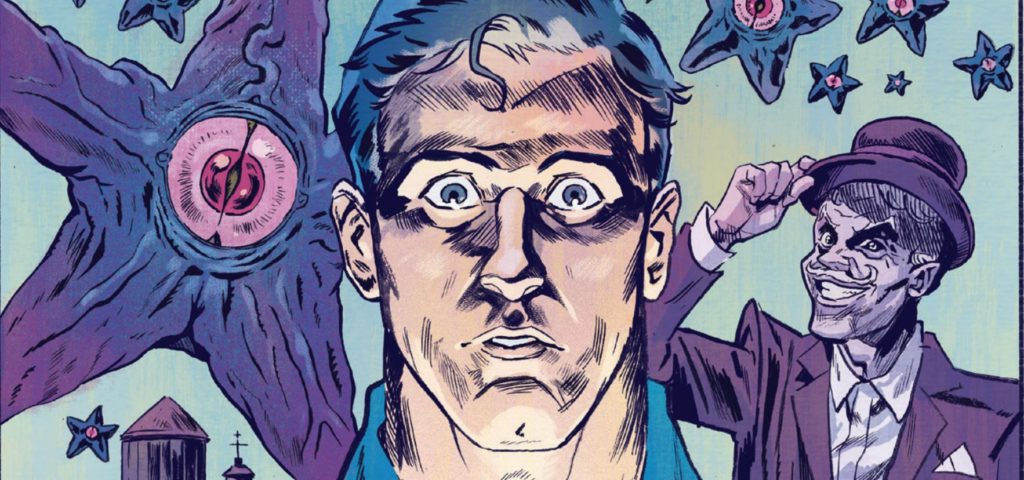
Review: Black Hammer/Justice League #4
 Okay, let’s address the elephant in the room; crossover events are hit or miss. Some crossovers are meant to be, some appear to be doomed and end up being pretty good, and finally some are hot messes of mashed up genres and art styles. THIS particular crossover falls squarely in the first category. Black Hammer was always an alternate vision of the Justice League. However, having the groundwork to build upon doesn’t always equal success and the creative team has done the hard work on this book.
Okay, let’s address the elephant in the room; crossover events are hit or miss. Some crossovers are meant to be, some appear to be doomed and end up being pretty good, and finally some are hot messes of mashed up genres and art styles. THIS particular crossover falls squarely in the first category. Black Hammer was always an alternate vision of the Justice League. However, having the groundwork to build upon doesn’t always equal success and the creative team has done the hard work on this book.
Jeff Lemire (Black Hammer, Animal Man) created Black Hammer a few years ago and I, and many others, were instantly enamored of this incredible world and the characters that inhabit it. Lemire, who spent quite a bit of time at DC Comics, obviously modeled the heroes of Black Hammer around the Justice League. However, rather than being derivative, Lemire changed the backstory and biographies of the various heroes, added in some interesting new wrinkles, and wrapped it all in an intriguing and unique setting and larger cosmos. While I’ve often argued that I could see Hellboy existing in the Black Hammer world or vice-versa, it was also obvious that it would be brilliant to see some form of interaction between the Justice League and their Black Hammer counterparts. The main hurdle was, as it so often is, business/legal hoops to jump through. Once those hoops had been jumped through Lemire hit the ground running on this crossover and he hasn’t missed a beat.
 If you’ve missed the first three issues of this mini-series I’ll give you the basic story so far. The Justice League, while fighting Starro, are suddenly transported onto the Black Hammer farm. Meanwhile, Golden Gail and the others (with one notable exception) find themselves in the DC universe, specifically Metropolis (writers note, writing this from memory so it may have been a different city). The one exception, Col Weird, finds himself in space and soon meets the Green Lantern Corps. Long story short; while the Justice League effectively take the place of Abraham Slam and the others on the farm, Barbalien and his team find themselves the prisoners of the rest of an outraged Justice League. Meanwhile, Weird and Jon Stewart take a trip and rescue Flash from destruction on the peripheries of the farm; Black Hammer style. As you can see, in the first three issues Lemire has layed a lot of groundwork and has done incredible work weaving these two universes together. However, in issue four Lemire raises the stakes and manages to work in The Spectre and a 5th dimensional imp who shall not be named. Lemire introduces these new elements so seamlessly that it seems self-evident that the Black Hammer universe must be part of the DC multiverse though we, the readers, know differently. Lemire’s work on this series is a testament to his incredible knowledge of both worlds and his ability to write interesting stories that are both compelling and believable.
If you’ve missed the first three issues of this mini-series I’ll give you the basic story so far. The Justice League, while fighting Starro, are suddenly transported onto the Black Hammer farm. Meanwhile, Golden Gail and the others (with one notable exception) find themselves in the DC universe, specifically Metropolis (writers note, writing this from memory so it may have been a different city). The one exception, Col Weird, finds himself in space and soon meets the Green Lantern Corps. Long story short; while the Justice League effectively take the place of Abraham Slam and the others on the farm, Barbalien and his team find themselves the prisoners of the rest of an outraged Justice League. Meanwhile, Weird and Jon Stewart take a trip and rescue Flash from destruction on the peripheries of the farm; Black Hammer style. As you can see, in the first three issues Lemire has layed a lot of groundwork and has done incredible work weaving these two universes together. However, in issue four Lemire raises the stakes and manages to work in The Spectre and a 5th dimensional imp who shall not be named. Lemire introduces these new elements so seamlessly that it seems self-evident that the Black Hammer universe must be part of the DC multiverse though we, the readers, know differently. Lemire’s work on this series is a testament to his incredible knowledge of both worlds and his ability to write interesting stories that are both compelling and believable.
 Michael Walsh (Comeback, Spider-Man) does the artwork for this book and it is brilliant. Walsh has chosen to draw this series in the “Black Hammer Style” created by Dean Ormston. This style, which is prevalent throughout Dark Horse books and is an outgrowth of the Mignola style in Hellboy, focuses on heavy inking, angular line work, exaggerated features and a no-fear approach to the grotesque. Preserving this style for the crossover was an inspired choice. Had Walsh chosen to draw the book in the “DC” style it would have been difficult if not impossible to translate the Black Hammer characters/world into that style. The artwork on that book is so strong and so distinctive that Walsh would have risked having the characters look farcical or unrecognizable in this new setting. Instead Walsh, draws the DC characters in the Black Hammer style with a small twist and it works incredibly well. Each DC character is inked very heavily and given strong angular lines to integrate them into the setting. However, Walsh makes another bold choice in choosing NOT to exaggerate the features of the DC characters and instead give them a more traditional comic visage. This is brilliant. It makes the DC characters visibly stand out from their counterparts and emphasizes that these two disparate teams are from vastly different universes no matter their similarities. This is some incredible art design and I have to give credit to both Lemire and Walsh for their decisions on this book.
Michael Walsh (Comeback, Spider-Man) does the artwork for this book and it is brilliant. Walsh has chosen to draw this series in the “Black Hammer Style” created by Dean Ormston. This style, which is prevalent throughout Dark Horse books and is an outgrowth of the Mignola style in Hellboy, focuses on heavy inking, angular line work, exaggerated features and a no-fear approach to the grotesque. Preserving this style for the crossover was an inspired choice. Had Walsh chosen to draw the book in the “DC” style it would have been difficult if not impossible to translate the Black Hammer characters/world into that style. The artwork on that book is so strong and so distinctive that Walsh would have risked having the characters look farcical or unrecognizable in this new setting. Instead Walsh, draws the DC characters in the Black Hammer style with a small twist and it works incredibly well. Each DC character is inked very heavily and given strong angular lines to integrate them into the setting. However, Walsh makes another bold choice in choosing NOT to exaggerate the features of the DC characters and instead give them a more traditional comic visage. This is brilliant. It makes the DC characters visibly stand out from their counterparts and emphasizes that these two disparate teams are from vastly different universes no matter their similarities. This is some incredible art design and I have to give credit to both Lemire and Walsh for their decisions on this book.
So where does that leave us on this book and the series that it is part of? What is my recommendation? Pick up this series immediately. This book and Black Hammer in general are one of the gold standards of comics at this point in time. If you are a fan of DC, Black Hammer, Dark Horse or just interesting crossovers then this is the series for you. Don’t miss out.
Writing – 4.75 of 5 Stars
Art – 5 of 5 Stars
Overall Score – 4.9 of 5 Stars
Writing – Jeff Lemire
Art – Michael Walsh
Letters – Nate Piekos
Author Profile
- Nemesis is a poet, writer and author of the upcoming novel The Long Game. He is a writer of science fiction and supernatural thrillers. Besides novels and short stories he writes for UK based ASAP Comics developing new stories for Level 8 and OPSEC. Nem is a graduate of the United States Military Academy at West Point and tries to bring those experiences into his writing.
He lives and works out of his home in Riverside, California with his wife and three children. When not writing he enjoys reviewing comic books and graphic novels for ComicCrusaders.com and living the Southern California life with his family.
Latest entries
 TV & MOVIESApril 30, 2024WonderCon 2024: Boy Kills World Interviews
TV & MOVIESApril 30, 2024WonderCon 2024: Boy Kills World Interviews Comic BooksNovember 8, 2023Review: Cyberpunk 2077 Library Edition Volume 1
Comic BooksNovember 8, 2023Review: Cyberpunk 2077 Library Edition Volume 1 GamingSeptember 21, 2023PC Game Review – Starfield
GamingSeptember 21, 2023PC Game Review – Starfield GamingSeptember 20, 2023TTRPG Review – Star Trek Captain’s Log
GamingSeptember 20, 2023TTRPG Review – Star Trek Captain’s Log

